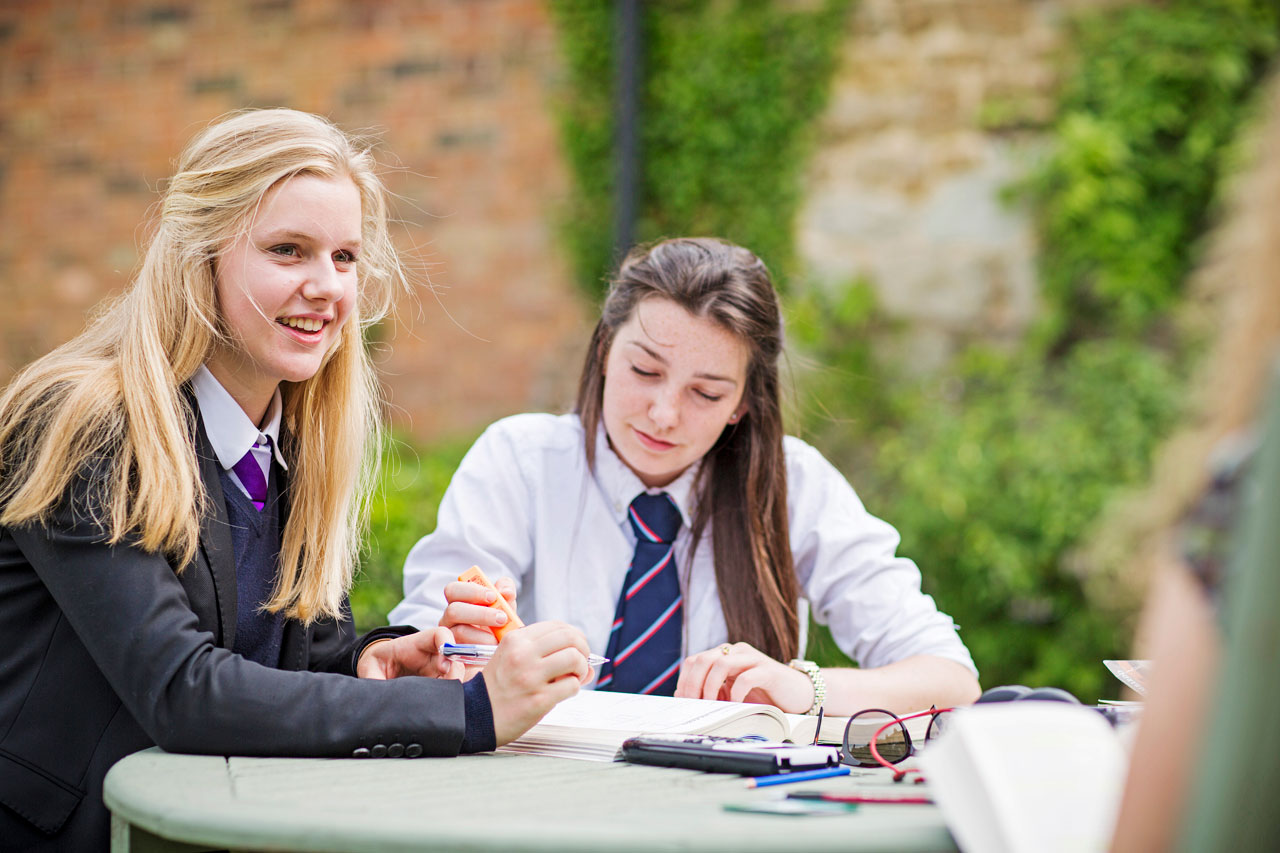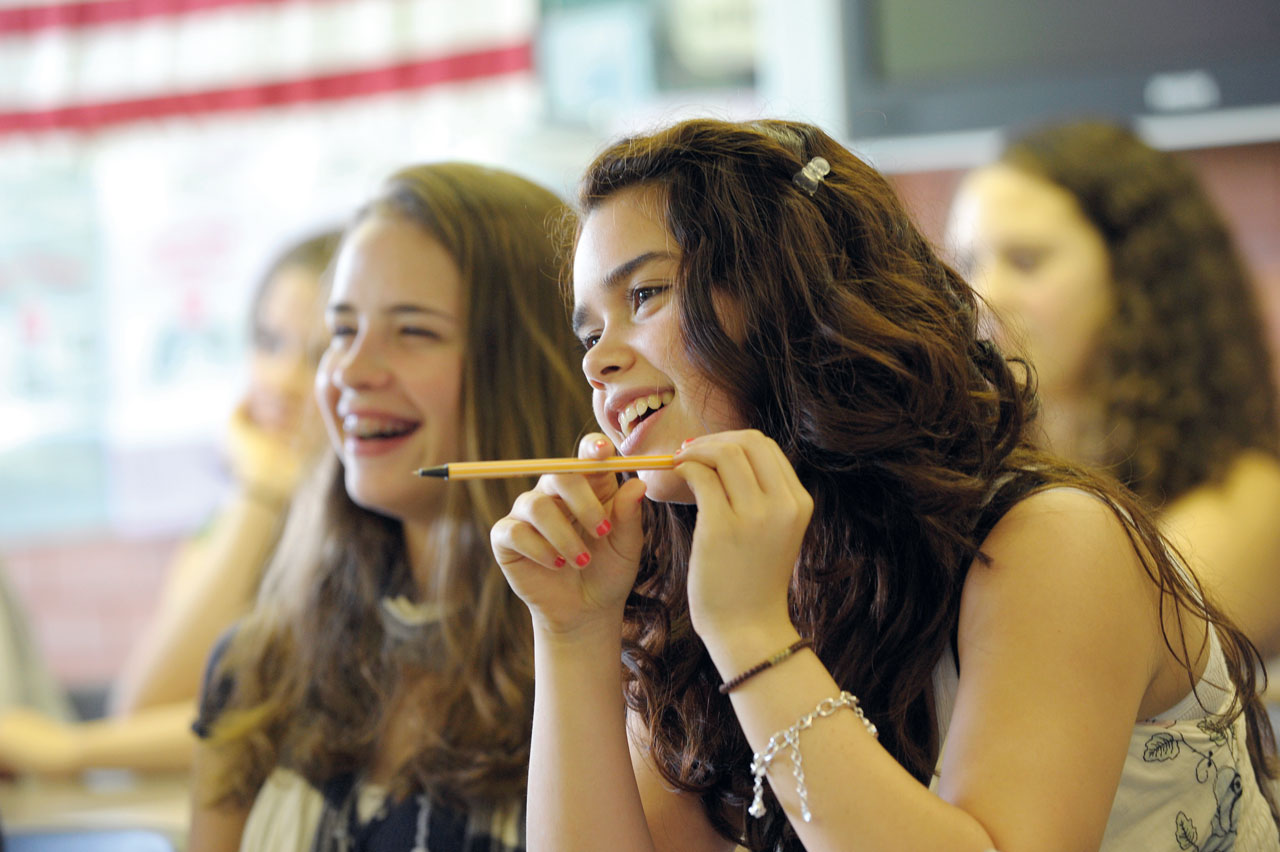
- HOME
- EDUCATION
Happy 50th Birthday to the IB
As the International Baccalaureate celebrates its 50th birthday, John Claughton says its time to appreciate its true value
By | 6 years ago
This year, the International Baccalaureate celebrates its fiftieth birthday. The wise men present at its birth were innovative educators, several of them British, who set about creating an education with some fundamental features: it should be rigorous and valued globally; it should have a philosophy not just a syllabus; it should teach skills and not only content; it should encourage thought not only memory and it should pursue breadth rather than the specialisation that has bedevilled British education for a century. The infant was small: in 1968 seven schools offered the Diploma Programme to their sixth form.
It’s not small any more. In 2018, 50 years on, 1.5 million students from 4,775 schools in 153 countries study the IB which now comes in four forms, the Primary Years programme (PYP) the Middle Years Programme (MYP), the Diploma Programme (DP) and, the most recent creation of 2012, the Career-related Programme (CP). It has grown by remaining true to its principles.

Sevenoaks School has championed the IB for 20 years
For this reason, the IB global growth graph is simple to draw: it goes steeply upwards in a straight line. The story of IB in the UK is not quite so linear. Indeed, in the last decade, while the number of students studying the IB in this country has grown marginally, the number of schools offering IB has declined steeply. The biggest fall has been in the state sector. Despite the success of Hockerill and Dartford and Tonbridge Grammar Schools, many other state schools and sixth-form colleges have not been able to support the costs of offering the IB and A-levels. There have been high-profile casualties in the independent sector too, including Manchester Grammar School, Marlborough College and The Grammar School at Leeds. Schools offering both IB and A-levels haven’t always found it so easy to attract students to the greater challenge of IB’s six subjects when the alternative is the simplicity of three A-levels.
However, for an increasing number of schools, IB is thriving and growing. Sevenoaks School, Kent, for example, has offered the IB for 40 years. It has been a 100 per cent IB school for 20 years and is this year’s Sunday Times Independent School of the Year. ‘We are having record numbers of applications,’ says Alison Roberts, the head of marketing, ‘and applicants are coming from around the world specifically to study IB.’ St Edward’s Oxford offers both IB and A-levels but it has seen rapid growth, from 11 students taking IB in 2011 to 76 now in year 13. Similar growth is to be found elsewhere: Wellington College has gone from 35 pupils in 2010 to 96 in 2017 and Bradfield College from 16 five years ago to 77 today. North London Collegiate School’s numbers have increased sixfold in two years and KCS Wimbledon, once a 100 per cent IB school, has seen numbers grow by a third in the last two years. Headington, Worth, Oakham, Bromsgrove and Bryanston all have their largest IB cohorts ever.
Southbank International School is very different from those above, offering not only the Diploma but also the PYP and MYP, but the song is the same: Amal Hirani, the deputy principal, says ‘We have strong results from students with a wide range of abilities and, due to increased demand, we are in the process of acquiring a new site to allow our numbers to grow.’

ACS Egham is the only UK school to offer all four IB programmes
There are several reasons for success, say schools. The first is the growing realisation that IB really is offering the knowledge, skills and human qualities necessary for success at university and beyond. ‘The IB is being increasingly recognised as an excellent preparation for life after school with its emphasis on the development of personal attributes,’ says Naomi Williams at Worth.
The second is the increased value that universities, at home and abroad, are now giving to IB and its products. Mark Allen at KCS Wimbledon, Richard Atherton at Wellington and Jacqueline Paris at The Stephen Perse Foundation see this as a key factor in attracting students to IB. There is also a growing realisation that those who benefit most in university offers aren’t the high-fliers, but the middle-ground candidates. The IB co-ordinator at St Edward’s and Oakham agree that the IB diploma is not just suitable for the academic elite, but represents an excellent education for learners across the ability spectrum.
The third is the unease associated with the idea of one terminal examination after studying for the usual three A-levels. ‘Everyone learns differently and you will never eradicate exam nerves completely. It comes with the territory. However, the main difference is that IB students are better prepared and are not over tested throughout the four IB programmes,’ says Leanne Larkin, assistant high school principal at ACS Egham. The fourth factor applies to only a few schools, such as Ryde and Warminster, offering the new Career-related Programme which combines the academic with the vocational and is ideal for a growing number of students.
However, it might be best to end not with an IB voice, but with the words of the President of the Royal Society, Professor Sir Venki Ramakrishnan: ‘The UK risks falling behind its global competitors as a result of maintaining a narrow, outdated model of post-16 education. Our system which encourages early specialisation is no longer fit for purpose in an increasingly interdisciplinary world.’ Perhaps, after 50 years, the time for IB in the UK is finally here.
READ MORE: Balancing the Books: School Fees Explained | Smart Schools: Clever Schools to Keep an Eye On



